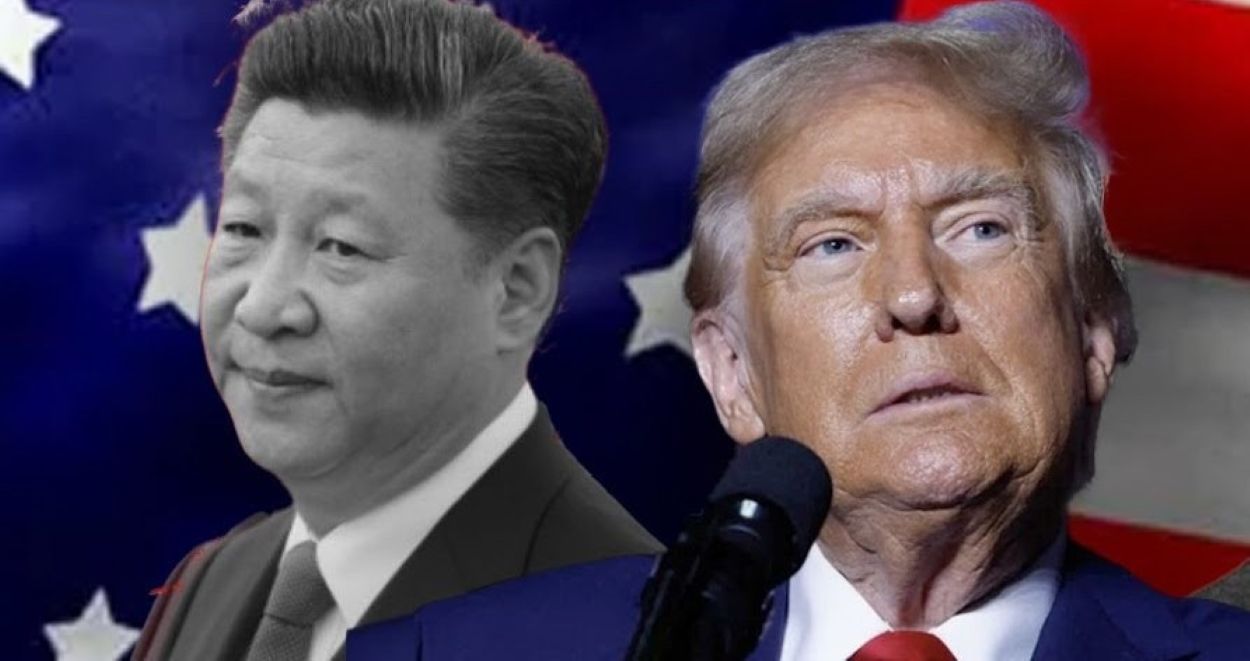Donald Trump has implemented his long-standing promise to use the United States’ economic leverage to address China’s alleged unfair trade practices and its role in the American fentanyl crisis.
On Saturday, the President announced an additional 10 per cent tariff on Chinese exports to the United States in addition to the existing tariffs.
On Sunday, China quickly responded, stating its firm opposition to the new tariffs and its intent to take “corresponding countermeasures to safeguard” its interests resolutely.
Washington says it totalled over $530 billion in the first 11 months of 2024 alone. During this period, Chinese exports to the U.S. exceeded $400 billion, ranking second only to Mexico.
Current State of U.S.-China Trade Relations:
As the Peterson Institute of International Economics (PIIE) notes, China is a leading supplier of electronics and textiles. However, a significant trade imbalance of $270.4 billion from January to November last year has continuously caused tension. The U.S. has also raised concerns over China’s extensive state support for its industries, accusing it of dumping and unfair treatment of U.S. firms.
WATCH: Trump ordered new tariffs of 25% on goods from Mexico and Canada and 10% on imports from China, threatening to ignite a trade war that could disrupt more than $2.1 trillion of annual trade https://t.co/13Umlq10uQ pic.twitter.com/xcfP4Gn6uw
— Reuters Business (@ReutersBiz) February 2, 2025Upon entering the White House in 2016, Trump initiated a trade war by imposing heavy tariffs on Chinese goods. China retaliated with tariffs that significantly impacted U.S. agriculture. The negotiations led to a “phase one” trade deal, establishing a ceasefire in the trade war. Under this deal, China agreed to buy $200 billion worth of U.S. goods. However, due to the COVID-19 pandemic and subsequent economic challenges, China’s purchases fell short, reaching only 58 percent of the promised U.S. exports.
Joe Biden maintained the tariff increases from the Trump administration but adopted a more targeted approach. His administration has focused on restricting exports of advanced technology chips to China and addressing issues like industrial overcapacity. Notably, Biden imposed tariffs on $18 billion of Chinese imports, targeting sectors such as electric vehicles, semiconductors, and green energy products.
Trump’s recent announcements are not just threats but indicate his intent to apply economic pressure on China. He has linked issues like the fate of the TikTok deal to tariff measures. Beijing has expressed its readiness to counteract and plans to challenge these tariffs at the World Trade Organization, though immediate changes are unlikely.
Read: US Deports Over 7,300 Immigrants in Trump’s Mass Deportation Drive
The ongoing tensions also threaten to undermine bilateral cooperation on drug control, a critical area of collaboration that had seen signs of progress following a meeting between Biden and Chinese President Xi Jinping in San Francisco in 2023.
This ongoing economic confrontation between the U.S. and China underscores the complex interplay of trade, diplomacy, and national security influencing global economic stability.






